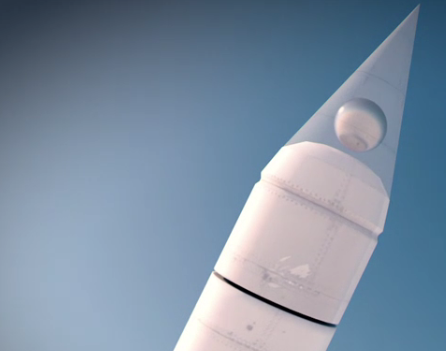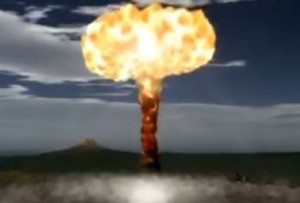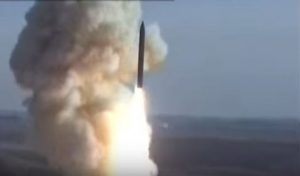
AFP/FRANCE 24: North Korea said Sunday it had successfully tested a hydrogen bomb that can be loaded onto a missile, hours after seismologists detected a huge tremor. Here is a timeline of the secretive state’s race to develop nuclear weapons.
North Korea has claimed “perfect success” in testing a hydrogen bomb, a weapon many times more powerful than an atomic bomb.
An artificial earthquake was detected earlier on Sunday, which South Korea said was ten times more powerful than that caused by the North’s last nuclear test.
The announcement came hours after North Korean leader Kim Jong-un was pictured with what state media said was a new type of hydrogen bomb that could be loaded onto a missile.
Analysts have said the claims should be treated with caution, but that Pyongyang’s nuclear capability is clearly advancing.
Below are the key dates in the North’s quest to develop a nuclear-tipped missile capable of hitting the United States.
Late 1970s: North Korea starts working on a version of the Soviet Scud-B missile, with a range of 300 kilometres (185 miles). Test-fired in 1984.
Late 1980s: Begins developing Rodong-1 (with a range of 1,300 km), Taepodong-1 (2,500 km), Musudan-1 (3,000 km) and Taepodong-2 (6,700 km) missiles.
August 1998: Test-fires Taepodong-1 rocket over Japan in what it calls a satellite launch — the US and others say it is a missile test.
September 1999: Declares moratorium on long-range missile tests amid improving ties with US.
July 12, 2000: Fifth round of US-North Korean missile talks in Kuala Lumpur ends without agreement after North demands $1 billion a year in return for halting missile exports.
March 3, 2005: Pyongyang ends moratorium on long-range missile testing, blames the “hostile” policy pursued by the administration of US President George W. Bush.
October 9, 2006: Conducts its first underground nuclear test.
April 5, 2009: Launches long-range rocket which flies over Japan and lands in the Pacific, in what it says is an attempt to put a satellite into orbit. The United States, Japan and South Korea see it as a disguised test of a Taepodong-2.
May 25, 2009: Conducts its second underground nuclear test, several times more powerful than the first.
December 12, 2012: Launches a multi-stage rocket and successfully places an Earth observational satellite into orbit.
February 12, 2013: Conducts its third underground nuclear test.
January 6, 2016: Conducts its fourth underground nuclear test, which it says was a hydrogen bomb — a claim doubted by most experts.
April 23, 2016: Test-fires a submarine-launched ballistic missile.
July 8, 2016: US and South Korea announce plans to deploy an advanced missile defence system — THAAD (Terminal High Altitude Area Defense).
August 3, 2016: North Korea fires a ballistic missile directly into Japan’s maritime economic zone for the first time.
September 9, 2016: Conducts its fifth nuclear test.
March 6, 2017: Fires four ballistic missiles in what it says is an exercise to hit US bases in Japan. The next day, the US begins deploying THAAD missile defence system in South Korea.
May 14, 2017: North Korea fires a ballistic missile which flies 700 kilometres before landing in the Sea of Japan. Analysts say it has a theoretical range of 4,500 kilometres (2,800 miles) and brings the US territory of Guam within reach.
July 4, 2017: Pyongyang test-fires a ballistic missile that analysts say brings Alaska within reach. North Korean state media later say it was a “landmark” test of a Hwasong-14 intercontinental ballistic missile (ICBM).
July 28, 2017: Launches an ICBM with a theoretical range of 10,000 kilometres, meaning it could hit much of the United States.
August 29, 2017: Fires ballistic missile over Japan and into the Pacific, acknowledging for the first time that it has done so.
September 3, 2017: Carries out its sixth nuclear test. The device has an estimated yield of 100 kilotons, making it five times more powerful than the World War II bomb dropped on Nagasaki. Pyongyang claims it has developed a miniaturized H-bomb that can be loaded onto a missile.


